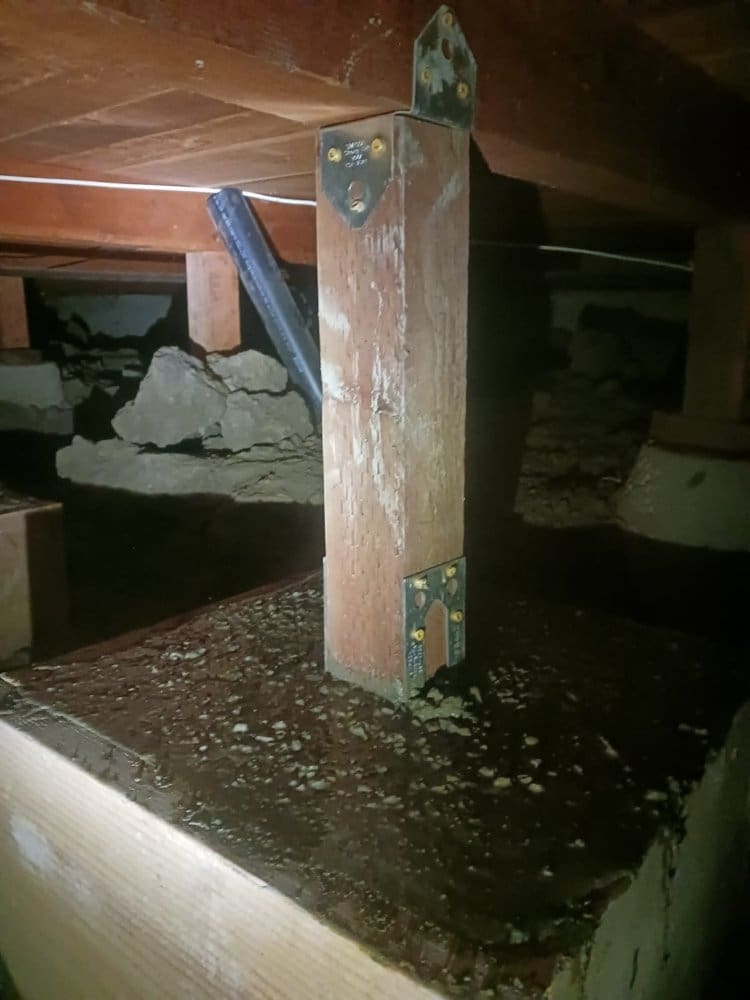The foundation of a building is its most vital element, ensuring stability and support. Choosing the right type of foundation is crucial for maintaining structural integrity and ensuring the building’s long-term durability. This guide delves into the different types of foundations, their specific applications, and key factors to consider when selecting the most suitable one.
The Importance of Building Foundations
Foundations are crucial for distributing a building’s weight evenly across the ground, preventing settlement and other structural problems. They also offer protection against environmental factors, such as moisture and temperature fluctuations. A well-designed foundation is essential for ensuring the safety, stability, and longevity of the structure.
Types of Building Foundations
Building foundations are generally divided into two main categories: shallow foundations and deep foundations. Each category includes specific subtypes designed to address various environmental and structural conditions.
Shallow Foundation
Shallow foundations transfer the building’s load to the ground close to the surface. They are cost-effective and ideal for structures built on strong, stable soils.
1. Spread Footing
Spread footings, or isolated footings, are designed to support individual columns by distributing the load over a wide area, which helps reduce pressure on the soil. These footings are commonly used in residential buildings due to their simplicity and cost-effectiveness.
2. Strip Footing
Strip footings are designed to support load-bearing walls by spreading the load along the entire length of the wall. They are ideal for buildings with continuous walls and are commonly used in low-rise structures.
3. Raft or Mat Foundation
Raft foundations cover the entire building footprint, evenly distributing loads across the area. They are typically used when the soil’s bearing capacity is low or when the building has heavy loads. Raft foundations help prevent differential settlement and are particularly effective on expansive soils.
Deep Foundations
Deep foundations transfer the building’s loads to deeper, more stable layers of soil. They are used when shallow foundations are not sufficient due to weak surface soils.
1. Pile Foundation
Pile foundations are long, slender columns driven deep into the ground to transfer loads to more stable soil or rock layers below. They are typically used in areas with weak surface soils or high water tables.
2. Caisson Foundation
Caisson foundations, also known as drilled shafts, are large-diameter concrete cylinders cast in place. They are commonly used for heavy structures such as bridges and piers, providing support in deep soils or underwater environments.
Factors Influencing Foundation Selection
Several factors influence the selection of the appropriate foundation:
- Soil Conditions: The type and bearing capacity of the soil play a crucial role. Weak soils may require deep foundations for stability.
- Load Characteristics: The weight of the building and how loads are distributed affect the foundation design.
- Water Table Level: A high water table may require the use of deep foundations or waterproofing measures.
- Environmental Factors: Seismic activity, frost depth, and climate conditions can all impact the choice of foundation.
Detailed Comparison of Foundation Types
| Foundation Type | Depth | Suitable Soil Conditions | Typical Applications | Advantages | Disadvantages |
|---|---|---|---|---|---|
| Spread Footing | Shallow | Strong, stable soils | Residential buildings | Economical, easy to construct | Not suitable for weak soils |
| Strip Footing | Shallow | Uniform, stable soils | Load-bearing walls | Continuous support, simple design | Limited to certain wall types |
| Raft Foundation | Shallow | Low bearing capacity | Heavy structures, expansive soils | Reduces differential settlement | Higher cost, complex construction |
| Pile Foundation | Deep | Weak surface soils | High-rise buildings, bridges | Suitable for deep load transfer | Expensive, requires specialized equipment |
| Caisson Foundation | Deep | Soft or underwater soils | Bridges, piers | High load capacity, stability | Complex construction, high cost |
Common Foundation Issues and Maintenance
Foundations can experience issues such as settlement, cracking, and moisture intrusion. Regular inspections and maintenance are essential to address these problems early. For example, repairing cracks in concrete walls can help prevent further damage and preserve the integrity of the foundation.
Seismic Considerations in Foundation Design
In earthquake-prone regions, foundations must be designed to resist seismic forces. Techniques such as base isolation and reinforced concrete are commonly used to enhance stability. To build earthquake-resistant Homes, these methods are integrated into the foundation design to ensure safety during seismic events.
Protecting Foundations from Water Damage
Water can weaken the integrity of foundations. Effective drainage, waterproofing, and routine inspections are crucial for preventing damage. By safeguarding your foundation from leaks, you help ensure the long-term durability and safety of your home.
Frequently Asked Questions
1. What is the most common type of foundation used in residential construction?
The most common foundation type for residential buildings is the spread footing. It supports individual columns and is cost-effective when placed on stable soil conditions.
2. How do soil conditions affect foundation choice?
Soil type and bearing capacity play a key role in determining the foundation depth and type. Weak soils may require deeper foundations, such as piles or caissons, to reach more stable layers below.
3. What are the signs of foundation problems?
Common signs of foundation issues include cracks in walls or floors, doors and windows that don’t open or close properly, uneven floors, and gaps around window or door frames. Early detection is crucial to prevent further damage.
4. How can I protect my foundation from water damage?
To protect your foundation, ensure proper grading around the building, install gutters and downspouts, and consider waterproofing solutions. Regular inspections are important to identify potential issues early.
Conclusion
Choosing the right foundation is critical to a building’s safety and long-term stability. Understanding different foundation types and their applications helps you make informed decisions. For expert advice and services, contact Bedrock Foundation Builders. Our team is dedicated to ensuring your foundation is built and maintained to the highest standards.



Comments are closed